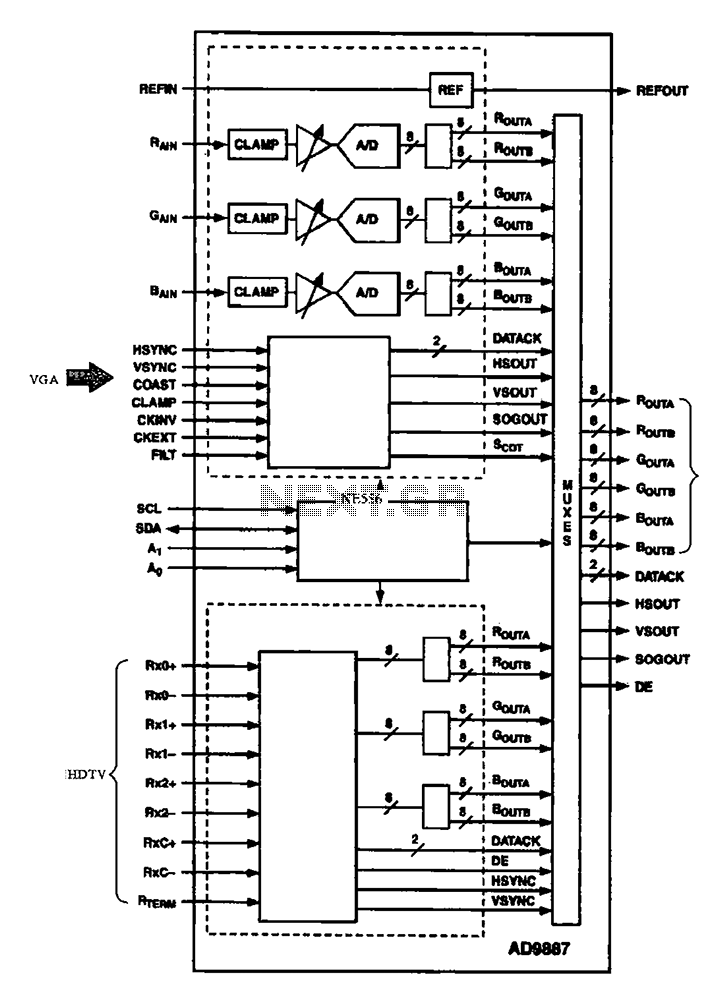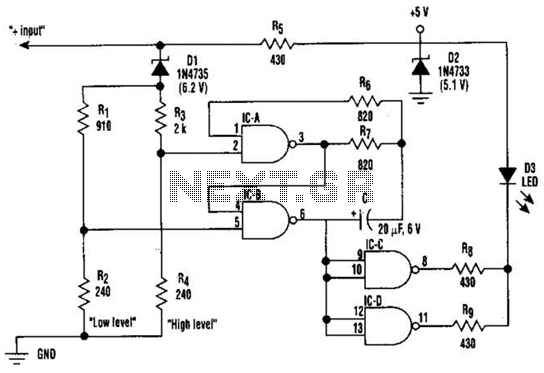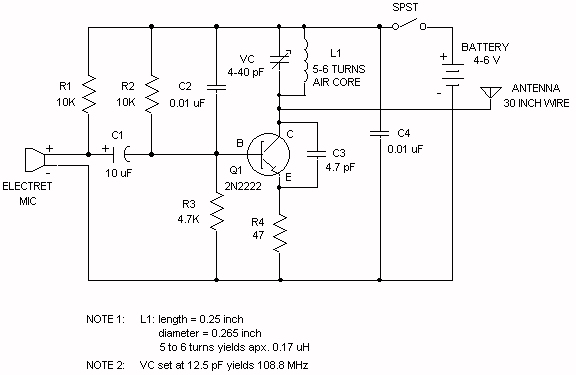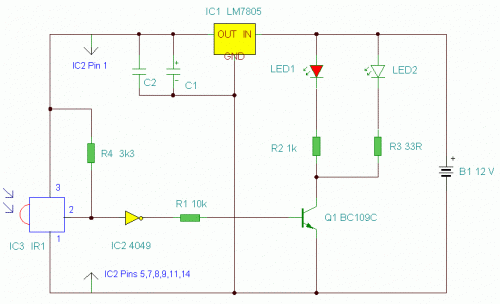
AD converter AD9887 circuit

The AD9887, a commonly used video A/D converter for liquid crystal televisions, is capable of converting analog red, green, and blue (R, G, B) signals into digital signal outputs.
The AD9887 is a high-performance analog-to-digital converter (ADC) specifically designed for video applications, particularly in liquid crystal display (LCD) televisions. Its primary function is to convert the analog RGB signals, which are typically generated by video sources, into a digital format suitable for processing by digital circuits or microcontrollers.
The chip operates with a high sampling rate, ensuring that the conversion maintains the integrity of the video signal and minimizes latency. The architecture of the AD9887 includes a high-speed sample-and-hold circuit, which captures the analog input signals with precision. Following this, the signals undergo quantization through a multi-bit ADC, which translates the continuous analog signals into discrete digital values.
The output of the AD9887 is typically formatted in a standard digital interface, such as RGB or YCbCr, allowing for easy integration with various digital display systems. The device also features programmable gain amplifiers (PGAs) for each color channel, enabling the adjustment of signal levels to optimize the conversion process and accommodate different input signal amplitudes.
Additionally, the AD9887 may include integrated functions such as synchronization signal extraction and support for various color spaces, enhancing its versatility in diverse video applications. The chip is often housed in a compact package, making it suitable for integration into space-constrained designs typical of modern LCD televisions.
In summary, the AD9887 serves as a critical component in the video processing chain, facilitating the transition from analog to digital formats while maintaining high fidelity and performance in liquid crystal television systems. As shown in the commonly used liquid crystal television video A/D converter AD9887, the chip can be analog R, G, B signal is converted into a digital signal output.
The AD9887 is a high-performance analog-to-digital converter (ADC) specifically designed for video applications, particularly in liquid crystal display (LCD) televisions. Its primary function is to convert the analog RGB signals, which are typically generated by video sources, into a digital format suitable for processing by digital circuits or microcontrollers.
The chip operates with a high sampling rate, ensuring that the conversion maintains the integrity of the video signal and minimizes latency. The architecture of the AD9887 includes a high-speed sample-and-hold circuit, which captures the analog input signals with precision. Following this, the signals undergo quantization through a multi-bit ADC, which translates the continuous analog signals into discrete digital values.
The output of the AD9887 is typically formatted in a standard digital interface, such as RGB or YCbCr, allowing for easy integration with various digital display systems. The device also features programmable gain amplifiers (PGAs) for each color channel, enabling the adjustment of signal levels to optimize the conversion process and accommodate different input signal amplitudes.
Additionally, the AD9887 may include integrated functions such as synchronization signal extraction and support for various color spaces, enhancing its versatility in diverse video applications. The chip is often housed in a compact package, making it suitable for integration into space-constrained designs typical of modern LCD televisions.
In summary, the AD9887 serves as a critical component in the video processing chain, facilitating the transition from analog to digital formats while maintaining high fidelity and performance in liquid crystal television systems. As shown in the commonly used liquid crystal television video A/D converter AD9887, the chip can be analog R, G, B signal is converted into a digital signal output.





